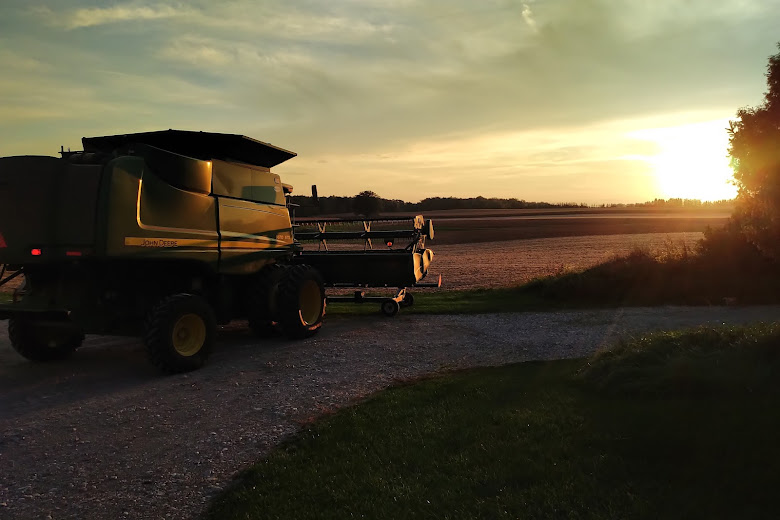The Ontario Superior Court of Justice has awarded a property owner $3.6 million to clean-up petroleum hydrocarbon contamination from a neighbouring property, along with more than $1.115 million to cover out-of-pocket costs already expended in connection with the contamination. Following a 12-day trial in Goderich and London, Justice Lynne Leitch found that underground storage tanks (USTs) at a concrete supply company's property were the source of contamination that had migrated onto a neighbouring commercial property. She ruled that the defendant landowner was responsible to return the neighbouring landowner to the position it was in prior to the wrong committed.
The plaintiff landowner advanced its claims on the basis of the doctrine in Rylands v. Fletcher/Strict Liability, Nuisance, Negligence and Trespass. The plaintiff's property was vacant until 1997 when a retail store operation was constructed there, and the evidence was that there had been no other use of the property prior to 1997. The defendant's property was used for the production and sale of ready-mix concrete product, and the defendant also operated a fuel outlet on the property from the 1950s until 2012. Original USTs were removed in 1989 and replaced by new USTs. Justice Leitch noted, "It is fair to say that [the Defendant] used gasoline for many years with questionable UST system monitoring and maintenance practices and poor record keeping."
In 2007, the plaintiff landowner planned to build its own gas bar as part of its retail operation, and investigated the proposed site. It was then that petroleum hydrocarbon contamination was detected. From that point forward, the plaintiff undertook interim remediation steps and eventually commenced its action against the defendant landowner to recover the costs of the clean-up of its property.
Expert evidence was called by both parties, with the defendant's expert focusing on an opinion that the source of the contamination was, in fact, the plaintiff's property. However, there was no evidence of soil contamination in the area where the defendant's expert postulated that a spill had occurred. Considering all of the evidence, Justice Leitch concluded that the contamination came from the defendant's property: "There is no question that until 1989 leaded gasoline was stored on the "Defendant" Property in single-walled steel tanks, which were susceptible to corrosion and did not have a leak detection system." She found the defendant liable on the basis of strict liability, nuisance, negligence and trespass.
What I find to be most interesting about the decision is the issue of damages. Justice Leitch agreed with the plaintiff that it should be awarded $3.6 million, which is the estimated cost of remediation, including soil and groundwater remediation. In addition, she awarded out-of pocket costs already incurred, bringing the total damages award up to about $4.8 million. However, I was not able to see any reference in the decision to the actual value of the Plaintiff's property. Although the Plaintiff did include a claim for loss of property value in its lawsuit, it did not pursue that claim at trial. In reading the decision, I was expecting to see a discussion of the cost of the proposed remediation in relation to the value of the property as part of an analysis of the reasonableness of the damages award. Perhaps the value of the property (including the retail operation) was so much greater than the cost of remediation that it was simply taken for granted that the cost of remediation was reasonable.
Read the decision at:
Canadian Tire Real Estate Ltd. v. Huron Concrete Supply Ltd.

